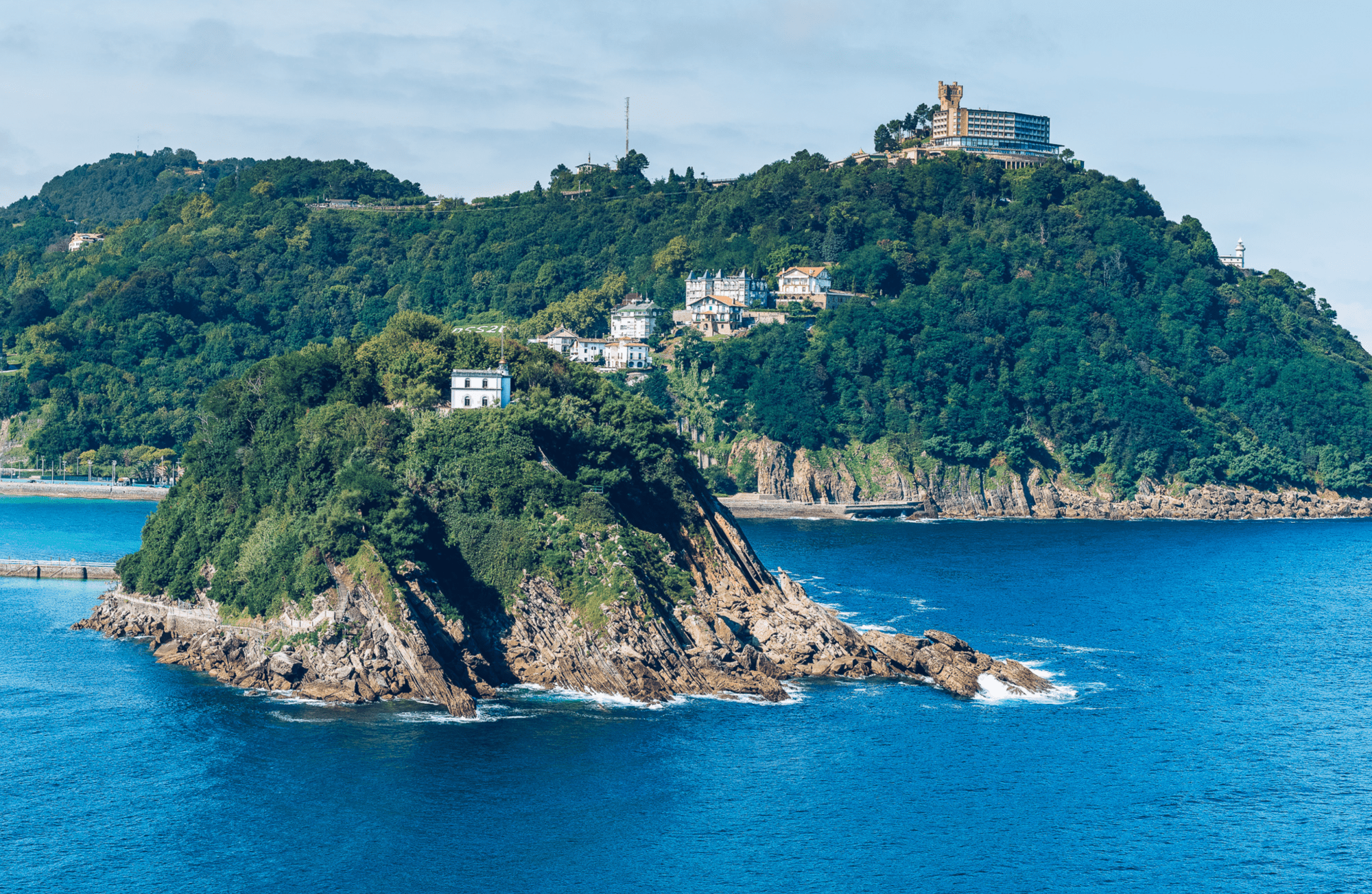Boasting one of the oldest cultures in Europe, the Basque region offers a cornucopia of traditions. Over the course of more than 5,000 years, the three provinces of Gipuzkoa, Alava, and Biscay (with the respective capitals of San Sebastian, Vitoria-Gasteiz, and Bilbao) on the Atlantic border of Spain and France have celebrated their unique language, traditions, and customs. The most identifiable of these is Basque food.
Basque cuisine is a reflection of the region’s proximity to marine life and unique flora and fauna. Between the ocean and the mighty Pyrénées lies a land rich with abundant fish, meat, and produce, particularly peppers called Piment d’Espelette. Couple that with Spanish and French cooking traditions and you have a recipe for culinary excellence. Now is the time to explore the authentic staples of this unique region and prepare your next Basque food tour!
The Land of Pintxos
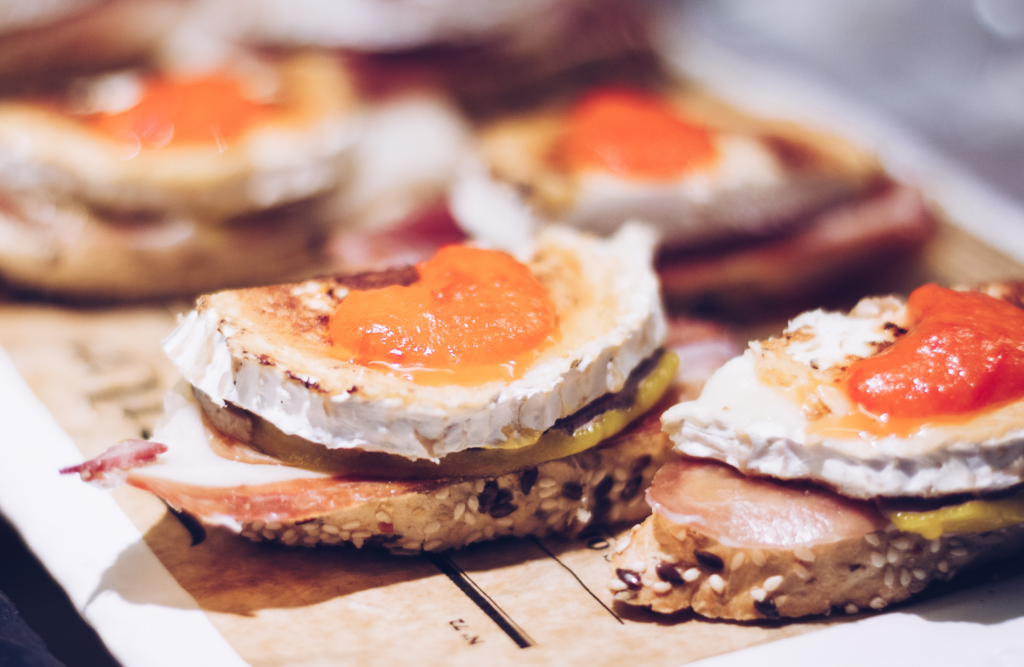
We cannot talk about food in Spain without mentioning tapas, those small plates that pack a wallop of flavor. Found throughout Spain, these little bites vary from region to region. In Basque country, tapas not only reflect the abundance of riches in the region but have a distinctive name: pintxos. Derived from the Spanish verb “pinchar” meaning “to prick” or “to poke,” as is the case of the toothpick that holds these nibbles, pintxos represent a whole other world of culinary art, from minimalist appetizers to gourmet bites, essential for any Basque experience.
Originally invented in San Sebastian, the act of eating and heading to pintxo bars even has a name: txikiteo. For a successful time, do as the locals do and head out on a pintxos tour and savor these small bites at the bar while washing them down with a local cider.
One of the most popular pintxos is the gilda. This mini-skewer of green olives, salted anchovies (anchoas), and two guindillas (small sweet peppers from Ibarra, macerated in vinegar), is generously drizzled with olive oil.

Txalupa means “boat” in the Basque language and the boat-shaped puff pastry features prawns with chives, cream, and porcini mushrooms, all topped with grated cheese.

Top places to try pintxos: The old town of San Sebastian is home to 30 tapas bars, all located side by side. Martinez Bar is a popular hangout for traditional tapas. For more than 80 years, the bar has been revered in San Sebastian for its modern takes on traditional dishes. In Bilbao, the old town boasts well-known Basque tapas bars such as Plaza Nueva, Calle del Perro, and Somera.
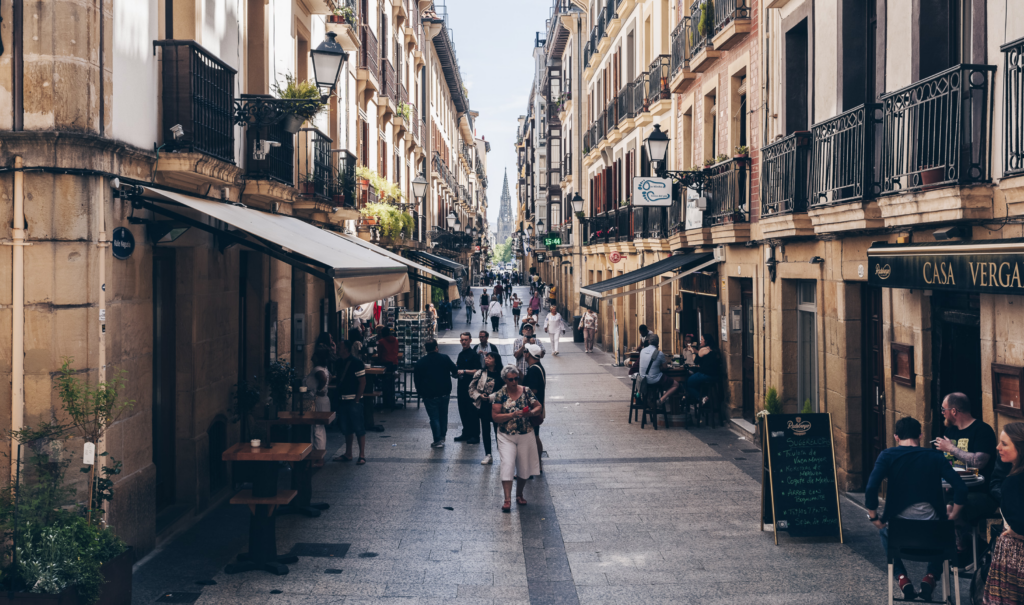
From Sea to Plate
Blessed by the waters of the Atlantic, the Basque region is a haven for seafood lovers. For centuries, local fishermen have caught a variety of seafood and fish to sustain the local populace. Many traditional Basque dishes are prepared with sea products, mainly fish and seafood such as cod (bacalao), hake, baby squid, and spider crabs caught in the cold waters of the Atlantic.
Usually dried and brined, cod is on every menu of Basque cuisine given its easy preservation and economical nature, which had been crucial during periods of famine and Francisco Franco’s rule. Over the years, local cooks crafted many sauces to accompany the fish such as pil-pil (tomato and pepper sauce), Biscay sauce, piperade, or salsa verde.
The cod is simply cooked with olive oil, garlic cloves, and red pepper, all in a clay pot. However, the cooking phase demands more care since the quality of the dish will mostly depend on the technique used to better release the fish gelatin and make the sauce successful, fully blending with the ingredients and creating a rich texture. While some chefs advocate that the skin side should be cooked first, other chefs say the opposite!
Besides this tasty controversy, it’s said that this precise cooking technique and making the fish “dance” in the pot are what gave birth to the expression “pil-pil.”
Top places to try bacalao al pil-pil: For a refined experience worthy of the avant-garde spirit of Basque cuisine, head to the Michelin-starred Aitor Rauleaga, located in Bilbao. Besides their bacalao al pil-pil, the restaurant boasts a number of modern dishes featuring the best elements of Basque cuisine.
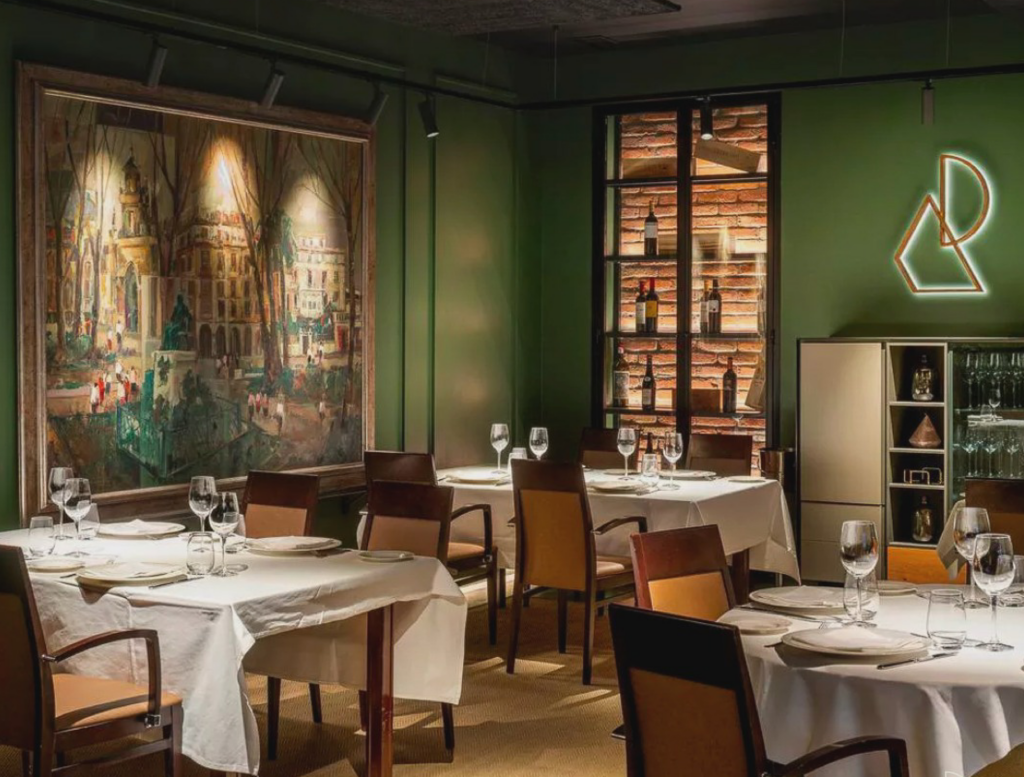

Kokotxa (or cococha) is the Basque word for “chin”, hence the name of the traditional stew prepared with the lower chin of hake. Commonly prepared with salsa verde made with olive oil, garlic, parsley, and fish broth, kokotxa is traditionally cooked and served in the same clay pot, accompanied by crusty bread pieces to be dipped in the sauce. Similar to bacalao al pil-pil, releasing most of the gelatin from the fish is crucial to creating a tasty dish.
Txipirones or chipirones are baby squid, fished from the end of May to the end of August. Txipirones can be savored as a Basque tapas or main dish, depending on how they have been cooked—in their own ink, grilled a la plancha, served with broth, caramelized onions, etc. Try the most distinctive version of txipirones en su tinta, where the squid is seared and poached in vegetable purée and flavored with squid ink.

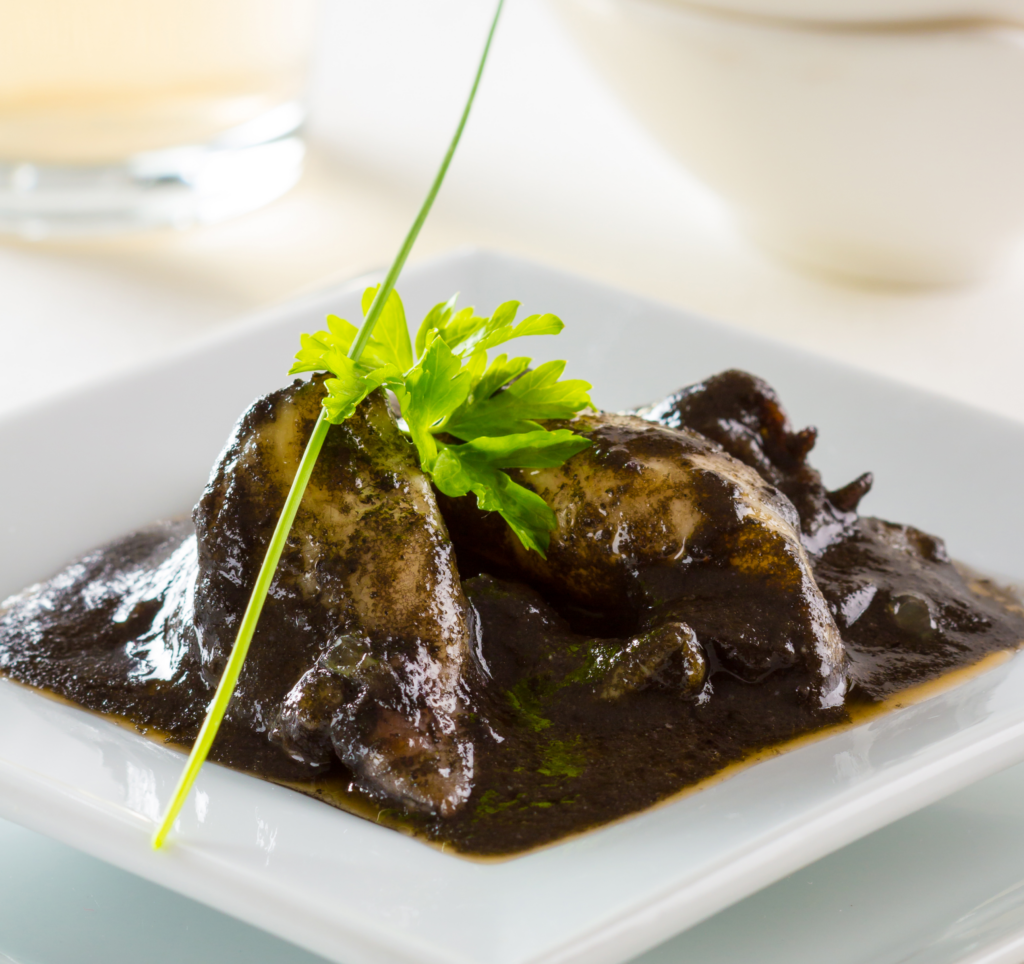
Top places to try txipirones: Head to Hondarribia, one of the most picturesque coastal villages in Basque country. At Hermandad de Pescadores, the fresh seafood-based Basque dishes have been prepared daily since 1938.
Once replenished, enjoy the enchanting setting of Hondarribia and stroll along the promenade until you reach the golden sand beach where you can see Hendaye, France, just on the other side of the water.
Traditional Basque Delights
In addition to its flavorful cuisine, the Basque region has a number of highly rated and coveted food items, from savory to sweet. Considered the caviar of black beans, with prices reaching €16 per kilo, alubias de Tolosa have been the main base for most Basque stews. Although not exclusive to Tolosa, the black beans have been largely traded at the Tolosa market, an important stop between the region of Navarre and Biscay. Every Saturday, visitors can grab one as a souvenir!
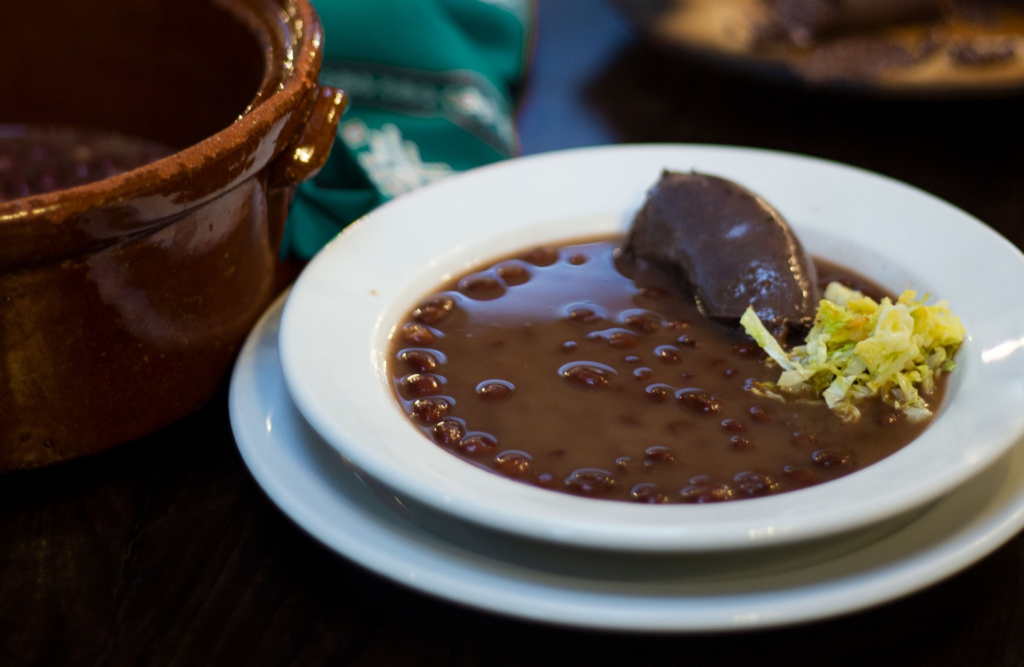
Dating back more than 8,000 years, idiazábal cheese is mainly produced in the Basque and Navarre region of Spain, from old Latxa and Carranza sheep. During summer, the sheep are taken to pasture at high altitudes in the verdant mountains and milked at the end of summer. Idiazábal cheese must be aged for two to six months, which affords its nutty flavor, slightly creamy texture, and pale yellow color. Idiazábal cheese plays centerstage in Basque cheese platters and is commonly served as a tapas, marinated in olive oil with rosemary, garlic, and bay leaves.
Desserts in the Basque region are mainly based on milk such as the popular intxaursalsa, pantxineta, canutillos, Basque tart, and goxua. Still, it’s the torta de queso (Basque cheesecake or San Sebastian cheesecake) that takes the cake, so to speak.
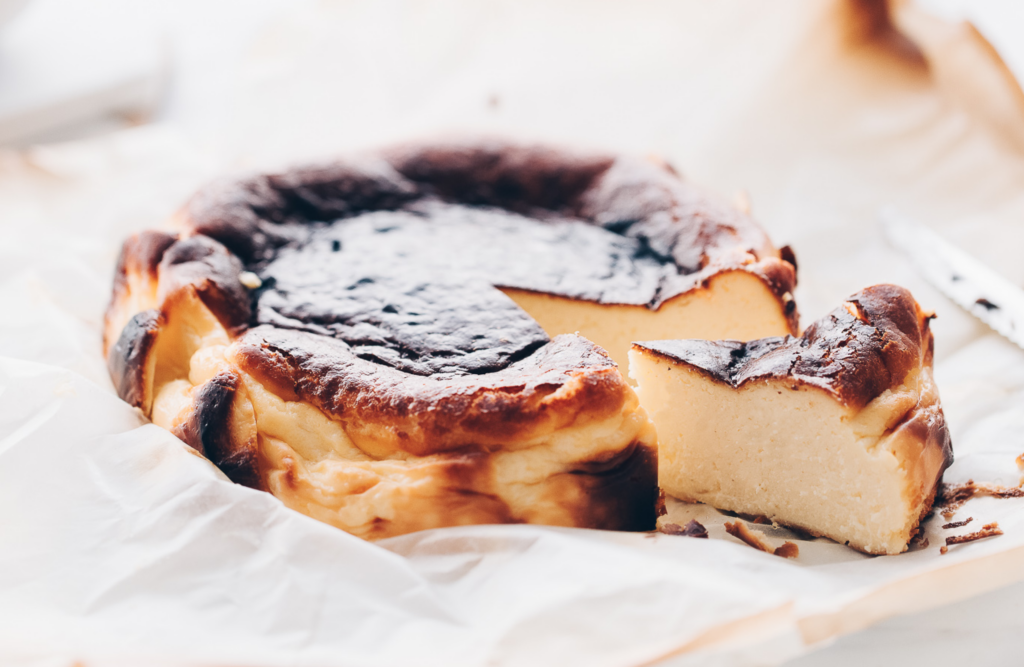
Torta de queso is undoubtedly one of the most famous Basque desserts. Chef Santiago Rivera Jiménez created the jiggly cheesecake by accident at La Viña restaurant in 1990. While attempting different recipes to improve his cooking skills, Jiménez ended up making the world-famous cheesecake, also known as burnt Basque cheesecake. San Sebastian cheesecake is prepared with essential ingredients: cottage cheese, eggs, sugar, flour, and fresh cream. Head to La Viña restaurant in San Sebastian’s old town to taste the original San Sebastian cheesecake, voted “Flavor of the year” by the New York Times in 2021 and ranked sixth among the best cheesecakes in Spain by the national ABC newspaper.
Whether it’s San Sebastian, Bilbao or one of the other towns in the Basque region, the area and its love affair with food won’t end anytime soon.
